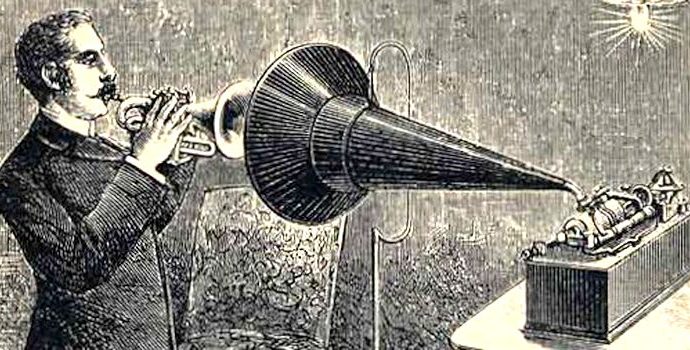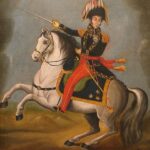On April 30, 1877, French poet, humorous writer and inventor Charles Cros submitted a sealed envelope containing a letter to the Academy of Sciences in Paris fully explaining his proposed method, called the paleophone. Though no trace of a working paleophone was ever found, Cros is remembered by historians as the earliest inventor of a sound recording and reproduction machine.
The first practical sound recording and reproduction device was the mechanical phonograph cylinder, invented by Thomas Edison in 1877 and patented in 1878. The invention soon spread across the globe and over the next two decades the commercial recording, distribution, and sale of sound recordings became a growing new international industry, with the most popular titles selling millions of units by the early 1900s.[ The development of mass-production techniques enabled cylinder recordings to become a major new consumer item in industrial countries and the cylinder was the main consumer format from the late 1880s until around 1910.
Disc phonograph
The next major technical development was the invention of the gramophone record, generally credited to Emile Berliner and patented in 1887, though others had demonstrated similar disk apparatus earlier, most notably Alexander Graham Bell in 1881.
Discs were easier to manufacture, transport and store, and they had the additional benefit of being marginally louder than cylinders. Sales of the gramophone record overtook the cylinder ca. 1910, ad War I the disc had become the dominant commercial recording format. Edison, who was the main producer of cylinders, created the Edison Disc Record in an attempt to regain his market. The double-sided (nominally 78 rpm) shellac disc was the standard consumer music format from the early 1910s to the late 1950s. In various permutations, the audio disc format became the primary medium for consumer sound recordings until the end of the 20th century.








